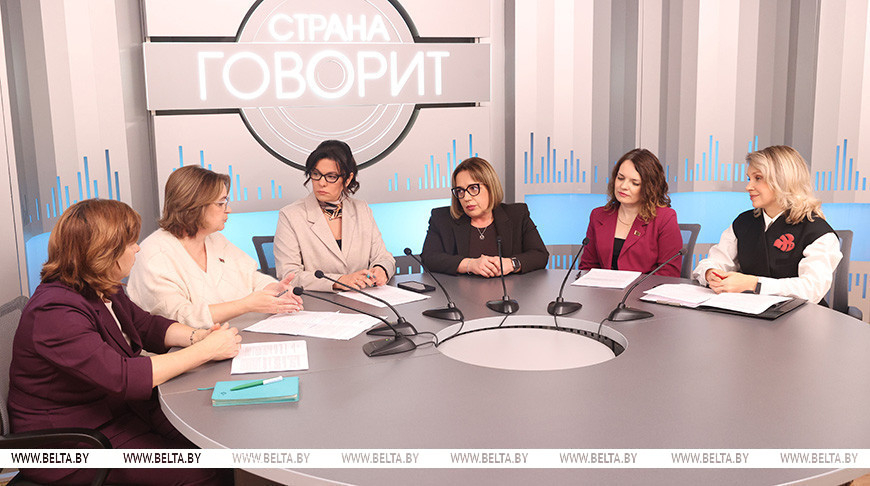
MINSK, 27 October (BelTA) - Belarus is experiencing a low incidence rate of Acute Respiratory Infections (ARI) in October, Inna Karaban, Head of the Department of Hygiene, Epidemiology, and Prevention at the Belarusian Healthcare Ministry, said in a new episode of BelTA’s Nation Speaks project.
“The current ARI incidence rate is typical for this time of year. In fact, it has even decreased compared to September. This is because in September, when children return to schools, the transmission of infections to each other and to parents begins. After the summer period, a rise in cases is expected. Once the groups have settled, the incidence rate subsides a bit and takes on the patterns characteristic of each season. That is why our current incidence level is low,” Inna Karaban explained.

When analyzing ARI incidence charts, experts always calculate a multi-year average, which shows the average incidence level for a specific period of the month. “Globally, the incidence gradation is measured from the 40th calendar week of the current year to the 20th calendar week of the next year. This period is known as the season of increased ARI incidence - from October to mid-May. This is the cold season, and it is during this time that we typically see a rise in cases,” she clarified.
An epidemic surge can be recorded during this period when more than 10% of detected cases among the population are identified as the influenza virus.

At the same time, the department head noted that over 200 different viruses are circulating in Belarus, and the term “epidemic surge” cannot be applied to each of them.













